
Oxidative stress is caused by an imbalance between the production of reactive oxygen and a biological system's ability to readily detoxify the reactive intermediates or easily repair the resulting damage.

Oxidative stress is caused by an imbalance between the production of reactive oxygen and a biological system's ability to readily detoxify the reactive intermediates or easily repair the resulting damage.
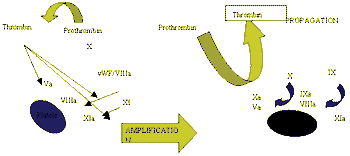
The goal of secondary hemostasis is to stabilize the platelet aggregate by weaving a meshwork of fibrin to cement the thrombus.

Mortality rates in the dairy industry are much higher than those in the cow calf or feedlot industries.

It should be a common philosophy among dairy veterinarians that it is far preferable to get off to a good start and assure/maintain health than to make up for deficiencies later and treat disease.
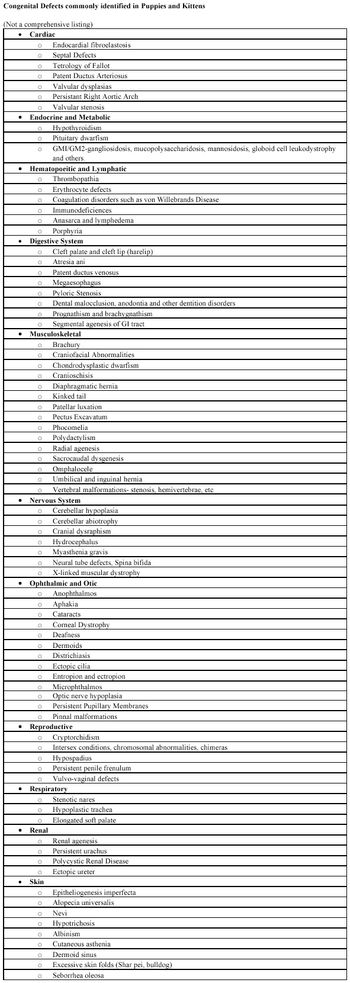
Neonatal pathology may involve a number of developmental malformations. A solid background in embryology and early development assists in understanding the pathogenesis of many of the conditions.

A 14 year old, male intact, DSH cat is presented for acute onset of blindness.

Although suffering from a variety of different diseases, many sick neonates present with similar clinical signs.

The acute abdomen implies an otherwise normal animal that has developed a recent and acute onset of signs that stem from the abdominal region in general or often specifically the gastrointestinal tract.
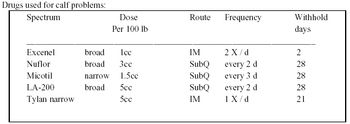
Treatment protocols are often the means by which veterinarians guide the treatments given to sick cattle when detection, examination, and treatments are all conducted by farm personnel.

Many dairy herds have unusual or exceptionally serious lameness problems.

Environmental emergencies may include heat and cold related injury, smoke inhalation, water accidents, reptile and insect bites, and an endless list of toxins.

Over the last 10 years we have seen a very substantial change in dairy producers' approach to Johne's disease.
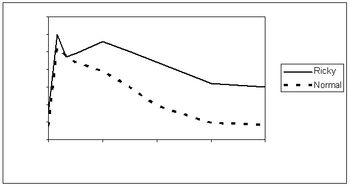
We were concerned about hyperthyroidism as a cause of hypertension, even with T4 in the normal range, because it is known that sick cats have falsely lowered T4's, although the free T4 should have been elevated.

While the leading causes of calf illness and death within the first few days after delivery are non-infectious physiological disturbances, after that time, the majority of illness and death losses are attributable to infectious conditions.

Relative adrenal insufficiency (RAI) has been recognized with increasing frequency in critically ill people, particularly in association with sepsis.

Knowing the cost of common diseases can help dairy farmers and their veterinarians plan treatment and prevention strategies that are likely to improve the profitability of the dairy.
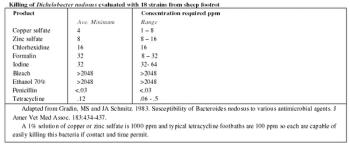
Foot rot is caused by specific pathogenic strains of Fusobacterium necrophorum and Bacteriodes melaninogenicus that gain entry through the interdigital skin.

In the overwhelming majority of cases (except when a veterinarian delivers a calf in dystocia), the owner/herd manager will be the person best positioned to combat newborn calf health problems.

National survey data concerning dairy calf health and survival have shown very substantial death rates over the last 10 to 15 years.

With the increase in concurrent use in small animal patients, drug interactions are becoming more and more likely.

Glucocorticoids are possibly the most commonly used single drug class in veterinary medicine.

Concerns regarding bacterial resistance to antimicrobials are increasing the awareness of rational use in human and veterinary medicine.
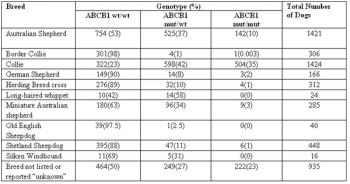
Pharmacogenomics is an emerging field studying how genetic differences within a population can cause differences in pharmacology.

Drug companies cannot supply labeled drug products to treat every condition in every species, and veterinarians often turn to extra-label drug use to fill these unmet therapeutic needs.

Information about veterinary drugs, both new and old, is presented to practitioners on a daily basis. This information is vital to educated and rational use of drugs as clinical conditions change and new situations arise.

Trying to bridge public health with the medical and veterinary communities is no small undertaking.

The New Jersey and the Maine veterinary medical associationa renew pleas for antimicrobial restrictions.
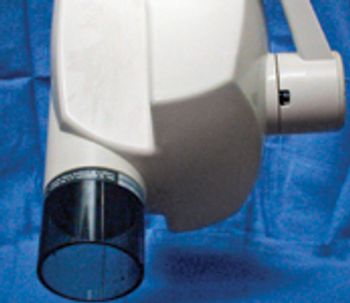
Veterinary dental radio-graphy traditionally has been one of the most frustrating aspects of veterinary dentistry.

Reaching out to your community positions your practice as a leader and promotes your services to potential clients. Whether you're looking for marketing ideas or simple ways to help, here's how to maximize your charitable resources.

HARRISBURG, PA. - Two bills involving treatment of dogs in commercial kennels passed the Pennsylvania House of Representatives and were sent to the state Senate.